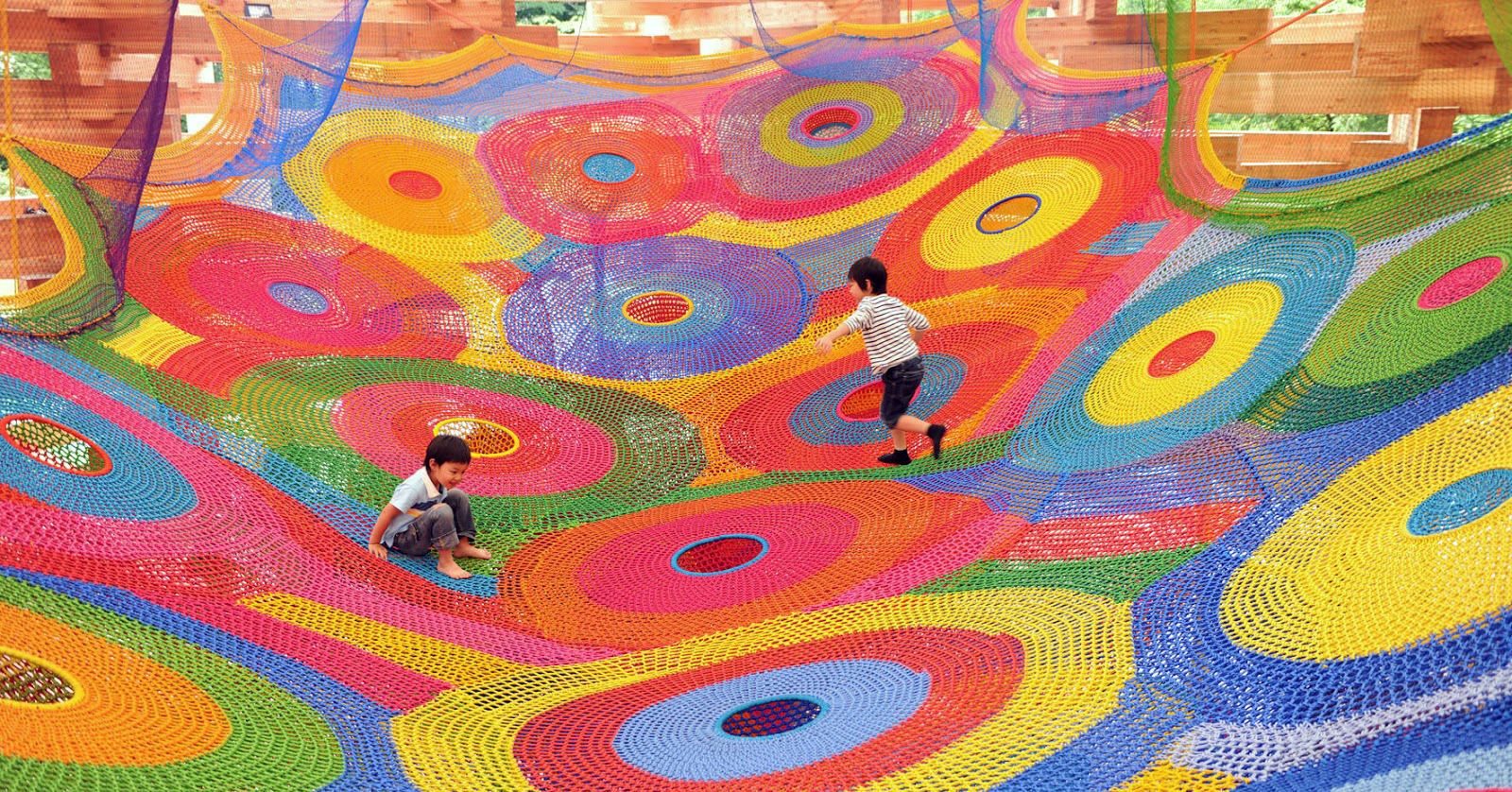
07 sep Ways to get kids to sit still in class
The right — and surprisingly wrong — ways to get kids to sit still in class.
By Angela Hanscom, The Washington Post
My last post, “Why so many kids can’t sit still in school today”, has and continues to generate tremendous feedback from around the world. Many people wrote that the connection between moving and learning that I wrote about just makes sense. However, with this new enlightenment on why movement and play outdoors is critical to learning and attention in the classroom, came the million-dollar question: “Now what?”
My virtual mailbox instantly got bombarded with email requests–demanding ideas on how to get kids moving both in and outside the classroom. I also noticed people were getting creative. Ideas were being tossed around. Some people suggested, “How about sitting on bouncy balls?” Others asked, “What if children stand to learn?” or “What if we put bike pedals on the classroom seats, so they can exercise while learning?” And finally, “What about taking short movement breaks?”
My initial reaction to these brainstorming sessions was, Finally! People are inspired and are starting to think outside the box. However, as I recalled why I wrote the article in the first place, I realized these strategies were still partly missing the point. They may be creative and thoughtful, but they won’t fix the underlying problem.
In order to create actual changes to the sensory system that results in improved attention over time, children NEED to experience what we call “rapid vestibular (balance) input” on a daily basis. In other words, they need to go upside down, spin in circles, and roll down hills. They need authentic play experiences that get them moving in all different directions in order to stimulate the little hair cells found in the vestibular complex (located in the inner ear). If children do this on a regular basis and for a significant amount of time, then (and only then) will they experience the necessary changes needed to effectively develop the balance system–leading to better attention and learning in the classroom.
In other words, adjusting children’s seating and taking quick one-minute movement breaks will offer some support — but we will continue to see significant sensory and behavioral problems, as well as a decline in children’s overall health (i.e., rise in obesity, decrease strength, and poor body awareness) if we don’t start allowing for adequate time in which children can get up and out of their seats to move.
Recently, I was invited to an educational meeting regarding a first-grade boy whom I see as a private occupational therapy client. The principal, parents, his former kindergarten teacher, new first grade teacher, school psychologist, and private therapist were all there. This little boy struggles with attention in the classroom and making social connections with peers.
This same boy attended one of our TimberNook camps (developmental nature programming) this past summer. He was totally immersed into nature for a week with peers—playing in the woods, the river, and in giant mud puddles. He had plenty of practice to move his body in all different directions and to explore nature unhindered by adult fears. In the beginning of the week, he consistently pursued total control over his play experiences with peers. He was also very anxious about trying new things, had trouble playing independently, and had multiple sensory issues.
Amazingly, by the end of the week, he started to let go of this need to control all social situations. He also started tolerating and asking to go barefoot, made new friends, and became less anxious with new experiences. The changes were really quite remarkable. All he needed was time and practice to play with peers in the woods – in order to foster his emotional, physical, and social development.
When it came time for me to make suggestions to the school about how they could best meet this little boy’s needs, my answer was simple: “He needs more time to play and move his body. Fifteen minutes of recess is not enough. I recommend an hour-long recess session everyday.”
Most of these teachers had already read my article about why kids fidget and agree with this philosophy. It didn’t matter. When they heard my response, they started laughing – all of them. I think my face went bright red. “That is never going to happen,” said one of the teachers. “Yes,” agreed another teacher. “Unfortunately, our hands our tied.” The principal just sat there and said nothing at all. That’s it? I thought to myself. They know that children NEED this, but they aren’t going to do anything about it?
After the meeting, the teachers came up to me and apologized for laughing. They said: “We agree with you. We would love to allow for longer recess sessions, but there is nothing we can do. We simply don’t have the time.”
I started talking to other teachers about this same issue. Most teachers are just as frustrated, if not more than the parents. Secondary to testing requirements, teachers are feeling the pressure to have to fit in loads of curriculum everyday. They have little time to do project-based learning, let alone providing adequate time for children to move. Unfortunately, many teachers have to settle for fitting in a few minutes of movement here and there.
However, when do we draw the line? When do we say, “Enough is enough?” Shortened recess times, cutting gym classes, and other specials (i.e., music and art) means we are no longer respecting the needs of the whole child. Our system of testing is failing our children. It fails to test their social skills, their ability to think for themselves, and their physical skills (i.e., strength, endurance, coordination). Aren’t these just as important as their ability to read, write, and do arithmetic? We need to be careful not to put total emphasis on just a few subjects, while neglecting children’s other needs.
Lindsey Lieneck, MS, OTR, RYT, founder of Yogapeutics, a fellow pediatric occupational therapist and advocate for movement, recently commented, “Come on people! We are a brilliant society! We can create technology that is out of this world. Yet, we can’t figure out how to provide enough time for children to move?”
I agree with Lindsey. We CAN create more time for children to move during the school day. Saying, “our hands are tied” is just about as bad as a child saying, “I can’t.” Let’s not give up the fight before we even start. We had ample time to move and play during the school day when I was a child in the early 1980s, and we can figure out how to do it again.
What are YOU going to do about it?
…
Het originele artikel verscheen op de website van The Washington Post
Lees ook haar eerdere artikel “Why so many kids can’t sit still in school today”


